Flash Photography - Tumblr Posts






journaling
(feat. pics I took of part of my most recent journal entry with my pilot g.2 pen, my half-smoked pack of marlboro golds, the wrapper from a chocolate bar I recently ate, and my complaints about vergil's use of dactylic hexameter)
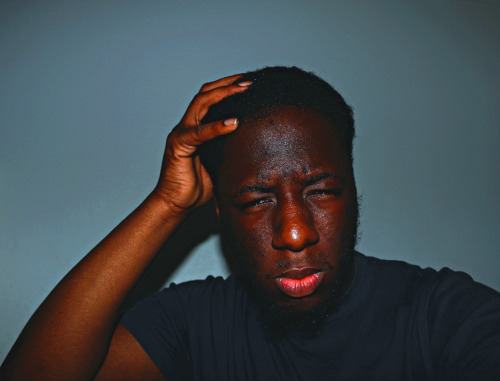
I was told by my teacher in Photography 1 and 2 to use flash very sparingly. I rarely ever use it. Flash can very well flatten an image and even add to much light to an object or person. I stick to capturing still shots by...well being still...very still, especially at a low ISO level. But I’ve seen plenty of professional photographers use flash. And so, I wanted to test the workings of flash photography.
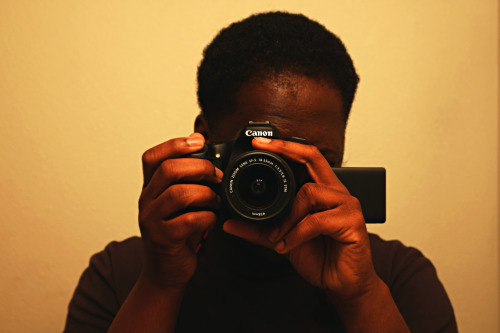
I had a random hypothesis. At the time, the only subject around who had enough patience for the process of this experiment was me. This is what I found:
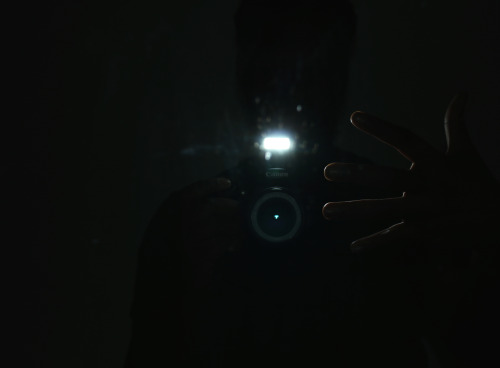
The amount of light captured by an image is dependent on its distance in relation to the point of flash.That’s why you see that people who are closer to the camera will be seen better than those in the background. You want to be close to your target.
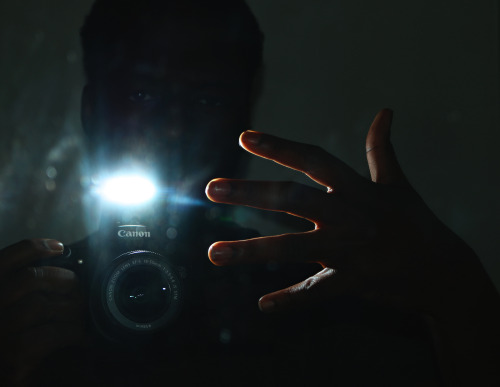
Unless, of course, you have other ideas.
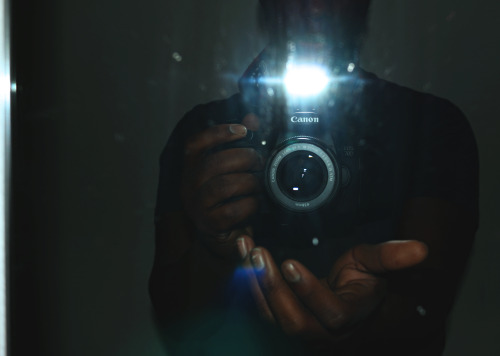
To ensure that everyone/everything is visible in the shot, find the neutral spot where all will be seen.Btw, lens flares are awesome!
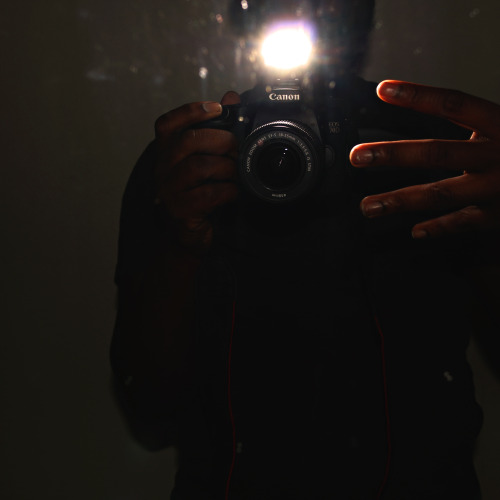
Also, try using different setting while in flash mode. Use higher aperture settings so the camera will receive more light before the shutter closes.

I’ve concluded from this experiment that using flash can actually bring out the best of an image , when used properly and creatively.

I tried tilting the camera in different directions. It created a beaming effect. Maybe it was easier for me using a mirror.
So I tried shooting without the mirror, applying what I learned.

Now, I’m not saying that Mrs. Quigg was wrong. I just feel like I’ve been missing out on so many opportunities to exercise my creativity. Sometimes, you just have to explore things yourself; that’s a part of growing and getting better.

Experimenting in the home studio with flash plus long exposure to generate interesting motion blurs and other effects in-camera.



